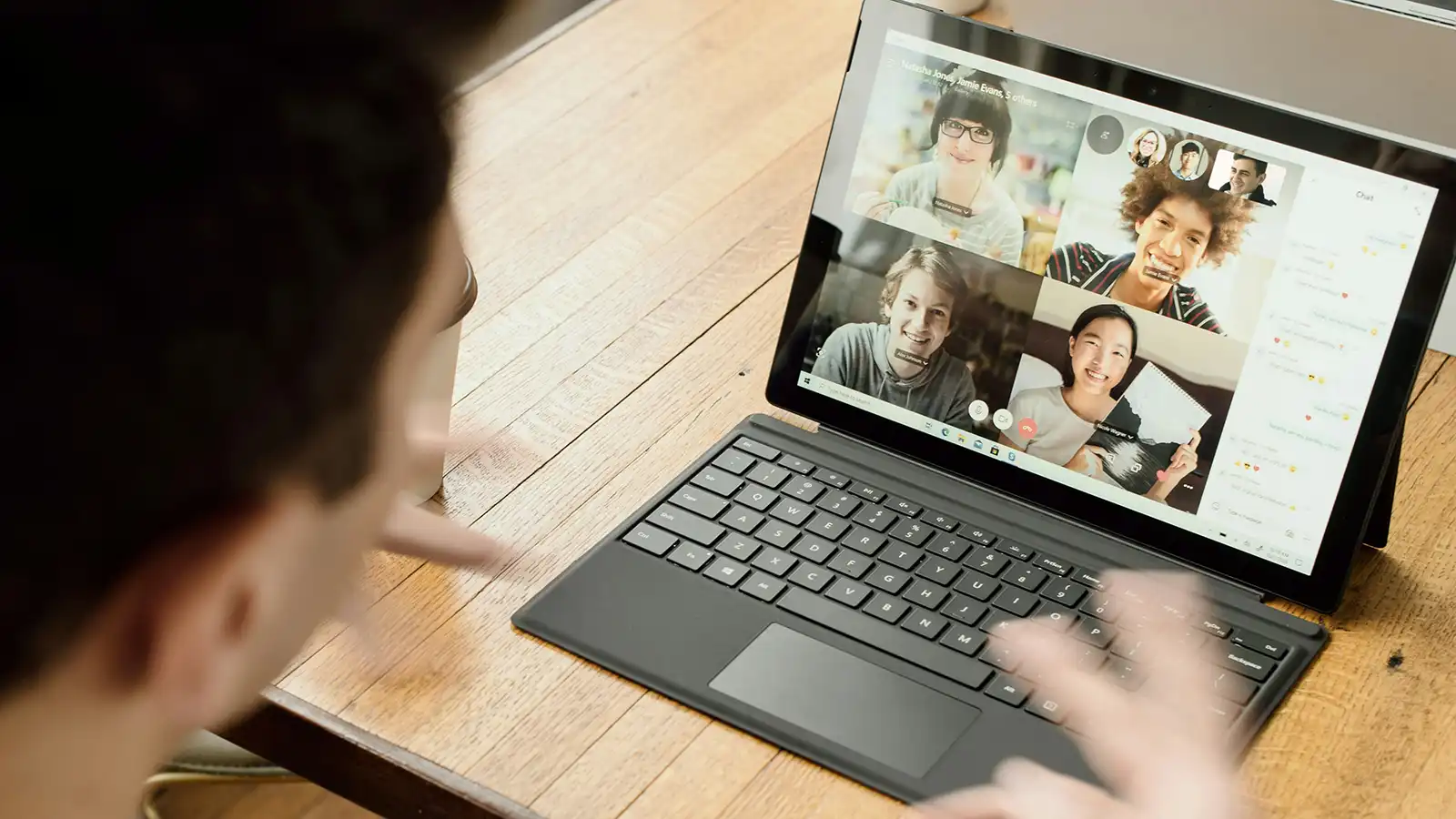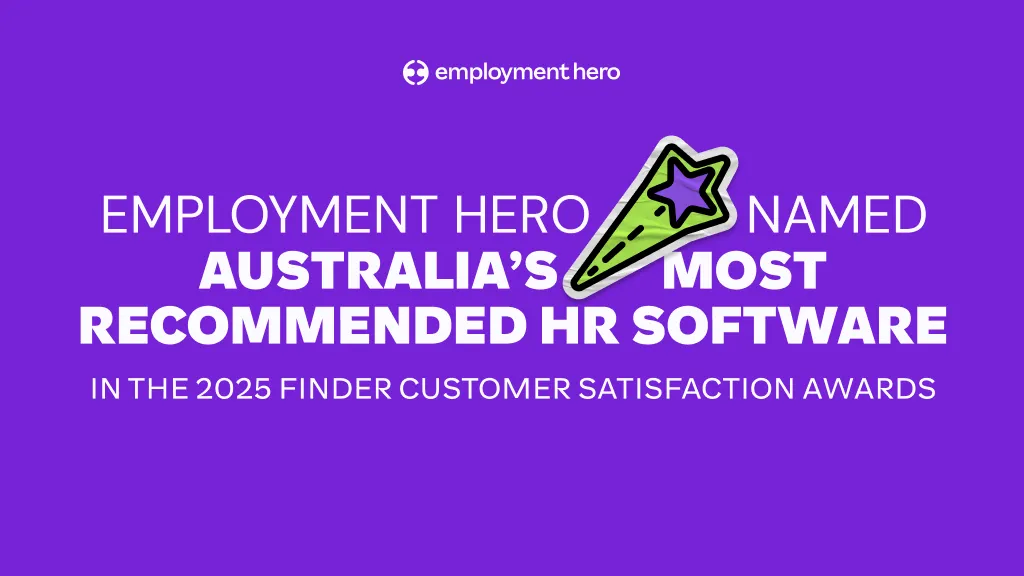As commuting costs soar, flexible work models are saving workers thousands and proving the smarter path for businesses.
Commuting into Sydney’s CBD can cost workers up to $75.60 a day. That’s $378 a week, or an eye-watering $5,892 a year, just to sit at a desk. These figures, reported by News Corp based on new research from the International Workplace Group (IWG), highlight the true price many Australians are paying under return-to-office mandates.
Flexible work models, hybrid, remote or localised coworking aren’t just lifestyle preferences anymore. For many Australians, they’re a financial lifeline. According to the same IWG research, workers using hybrid models just two or three days a week locally can save an average of $338.14 per month.
We’ve seen how this shift is playing out across Australia’s workforce. The Employment Hero June Jobs Report showed strong employment growth, particularly in casual and flexible roles. Total employment rose 6.7% year-on-year, while wages were up 5.1% over the same period. Workers are finding opportunities outside traditional structures and they’re better off for it.
Ben Thompson, CEO and co-founder of Employment Hero, believes the conversation around remote work needs a reset.
“At Employment Hero, we’re not just talking about the future of work, we’re living it. The idea of a rigid 9-to-5 in the office is as outdated as dial-up internet. We champion flexible work because it’s not just a perk; it’s essential for parents, carers, people with disabilities and anyone outside the CBD bubble,” says Thompson.
“For us, it’s about building a workforce filled with the best talent from across the globe. Remote-first isn’t a compromise, it’s a competitive advantage.”
Commuting is costing more than just money
Beyond the cost of petrol, public transport or parking, there’s also the hidden toll of time and wellbeing. For employees in areas like Concord or Lane Cove, News Corp reports potential annual savings of $3,500 or more just by reducing their commute. In a time of rising living costs, that money can be life-changing.
Research shows 50% of hybrid or remote staff would resign if forced back full-time, which aligns with broader findings such as McKinsey’s insight that 38% of working mothers would adjust hours or leave without flexibility.
Hybrid isn’t one-size-fits-all
According to Thompson, many businesses are clinging to outdated structures out of habit or a misguided sense of fairness.
“Some leaders still believe that physical presence is the only way to build a collaborative team. That’s not our experience at Employment Hero. With the right tools, remote teams can collaborate brilliantly, often better than in-person setups relying on outdated processes,” he explains.
He cautions that hybrid models built around mandatory office days can sometimes miss the point.
“True fairness means recognising that flexibility levels the playing field for those who need it most. Leadership needs to move beyond the old status symbols of corner offices and city views. Success looks different now it’s inclusive, decentralised and digitally enabled.”
Why some leaders resist and what they’re missing
There’s no doubt that commercial real estate costs and change fatigue play a role in some return-to-office pushes. But Thompson argues the real issue lies deeper.
“Leaders need to reframe what success looks like. Yes, some roles need to be in person. But for the vast majority, we’ve got the tools to do great work remotely. The challenge is mindset, not capability.”
The June Jobs Report reveals that flexibility is no longer niche. Casual jobs are up 11.7% year-on-year, part-time up 3.1%, and full-time up 3%. Teen workers, who thrive in flexible roles, have seen employment skyrocket by 31.2%.
Meanwhile, industries like Science and Technology home to many remote-first roles lead the country in wage growth, up 7.8% year-on-year.
“Flexibility is no longer just about wellbeing,” says Thompson. “It’s about performance, retention, and access to a wider, more diverse talent pool. The modern workplace is at a turning point. Those who ignore this shift will struggle to compete.”
While Australia’s regulatory framework may still be finding its footing, the trend is clear. Workers want autonomy. Businesses want efficiency. The tools are ready. And the economics? They speak for themselves.


























